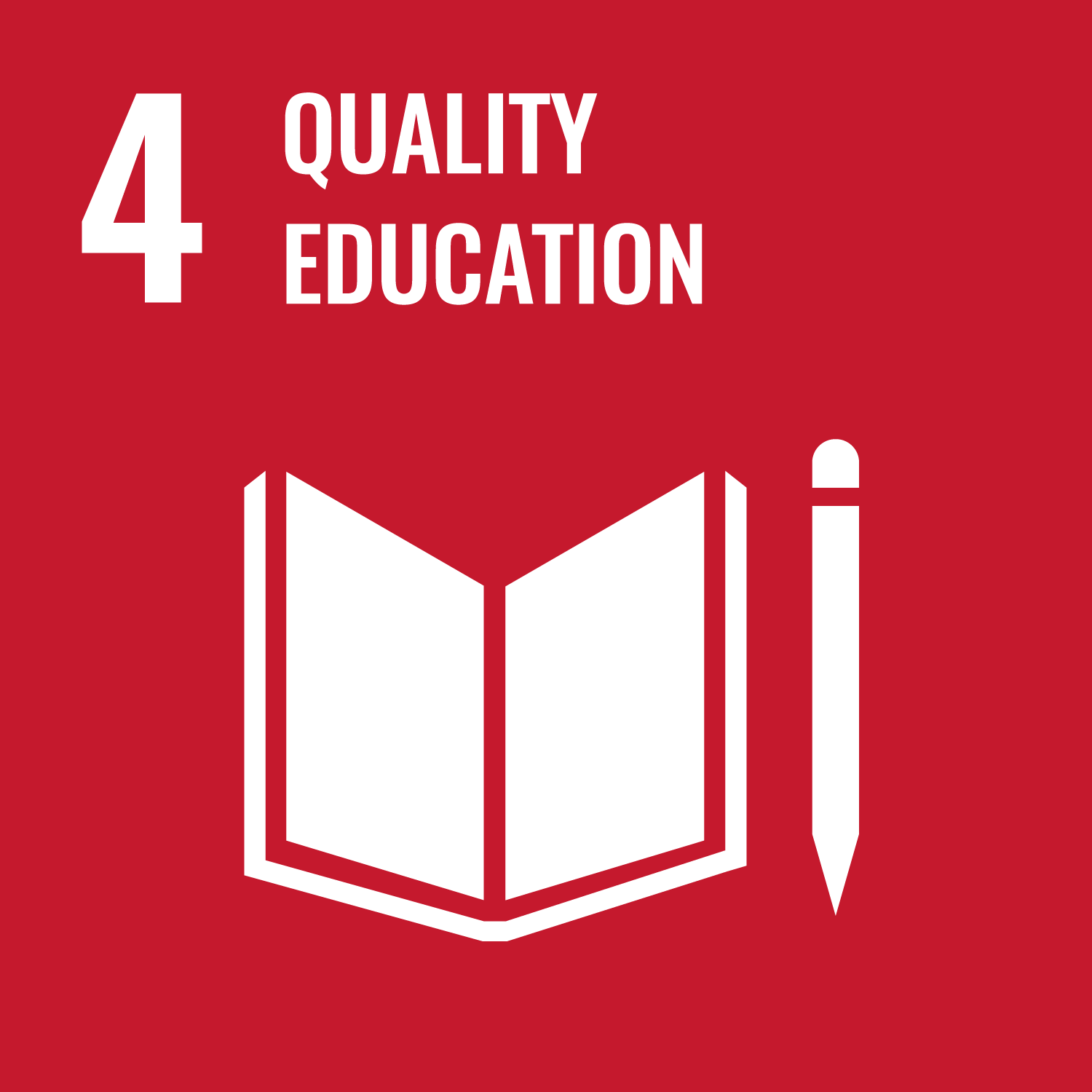
Be an autism friendly champion
You’ll need
- Pens or pencils
- Autism audit sheet
- The big 5 things sheet (optional)
Before you begin
- Use the safety checklist to help you plan and risk assess your activity. Additional help to carry out your risk assessment, including examples can be found here. Don’t forget to make sure all young people and adults involved in the activity know how to take part safely.
- Make sure you’ll have enough adult helpers. You may need some parents and carers to help if you’re short on helpers.
Learning about autism-friendly environments
- Gather everyone into a circle.
- Everyone should go through 'The Big 5 Things' sheet and adult volunteers and/or young leaders should help everyone to understand them.
- Explain that you're going to think about what an autism-friendly environment might look like. You may also want to run the activity 'Spot the difference' before this activity to help people understand autism-friendly environments.
- Everyone should use the ‘Autism audit’ sheet to think about what an autism-friendly environment might look like.
- In small groups of three of four people, people should work together to and put their ideas into the categories on the sheet: sight, smell, sound, touch and textures, and information.
- Everyone should come back to together and discuss their ideas. Is there anything that lots of people wrote down?
Autism-friendly environments in your local community
- People should get back into their small groups of three of four people.
- Each group should think of some places in their local area that aren’t as autism-friendly as they could be. They could write down or doodle their ideas.
- All of the groups should share their ideas. Everyone should settle on two or three places they’d like to visit. Make sure each group asks different places, or you could assign each group a place to think about to stop any overlap between lists.
- Everyone should find out how to contact the places they chose. For example, searching online for a phone number or email address.
- With an adult, everyone should reach out ask if they could visit and run an autism-friendly audit. They should explain that the audit will point out what the business is already doing well, and what it could do to be more accessible for autistic people.
- Once a place says ‘yes please!’, everyone should arrange the details of the visit.
Autism-friendly audits at a local business
- Visiting the local business, with an adult, everyone should run the autism-friendly audit using the ‘Autism audit’ sheet. They should note down everything the business does well and what they could improve on, as well as some (easy, or low cost) solutions.
- Everyone should give the business owner some feedback. They should cover the positives, as well as the negative, and make sure the business owner understands why it’s so important to be autism-friendly.
- Don’t worry if people have questions you can’t answer. You could offer to research and report back.
- Everyone should thank the business owners for their time. They should ask them if they’ll commit to making some of the changes they’ve outlined and which ones they might be. You could ask them to write down their pledge and display it to show everyone their commitment.
- You could visit the business again, or check in with them via telephone call or email, to see how they're getting on.

This activity helps contribute towards some of the UN's Sustainable Development Goals. Find out more about the SDGs, and how Scouts across the world are getting involved.





Reflection
This activity was all about helping the community. Why do people think that businesses haven’t already made changes? It might be because disabled people weren't thought about when spaces were designed or that people might not know much about making their businesses accessible.
What could people do to help make sure more spaces are accessible for disabled and autistic people? Do people think the government should do more to help communities be more inclusive? How could people make this happen?
This activity was also about being a great leader. Was it difficult to speak up, especially to people who may have been older and know more about their business? Why's it important that people take initiative and speak up when they see things that need to change? Did people make a positive difference with this activity?
Safety
All activities must be safely managed. You must complete a thorough risk assessment and take appropriate steps to reduce risk. Use the safety checklist to help you plan and risk assess your activity. Always get approval for the activity, and have suitable supervision and an InTouch process.
- Outdoor activities
You must have permission to use the location. Always check the weather forecast, and inform parents and carers of any change in venue.
- Hiking and walking
Follow the guidance for activities in Terrain Zero, or the guidance for each the adventurous activity.
- Road safety
Manage groups carefully when near or on roads. Consider adult supervision and additional equipment (such as lights and high visibility clothing) in your risk assessment.
It’s up to you how many businesses you visit. Maybe you could even go to a local shopping centre and see if they’ll help you make changes to all of the shops.
Make sure that the places each group visit are accessible for everyone in the group. For example, if someone uses a wheelchair, make sure all the places their group’s planning to visit have level access.
Make sure the route each group plans is suitable for everyone. Do they need to avoid steps, for example? Will everyone in the group be able to travel the whole distance?
Some people may find it helpful to have a clear journey plan of where they’ll go and how they’ll travel. They may also want to write down or plan what to say and do at each place, too.
All Scout activities should be inclusive and accessible.
Check in with the places a few weeks after the audit. What progress have they made? If they need any support, use what you’ve learned to help, or direct them to the National Autistic Society's website.
